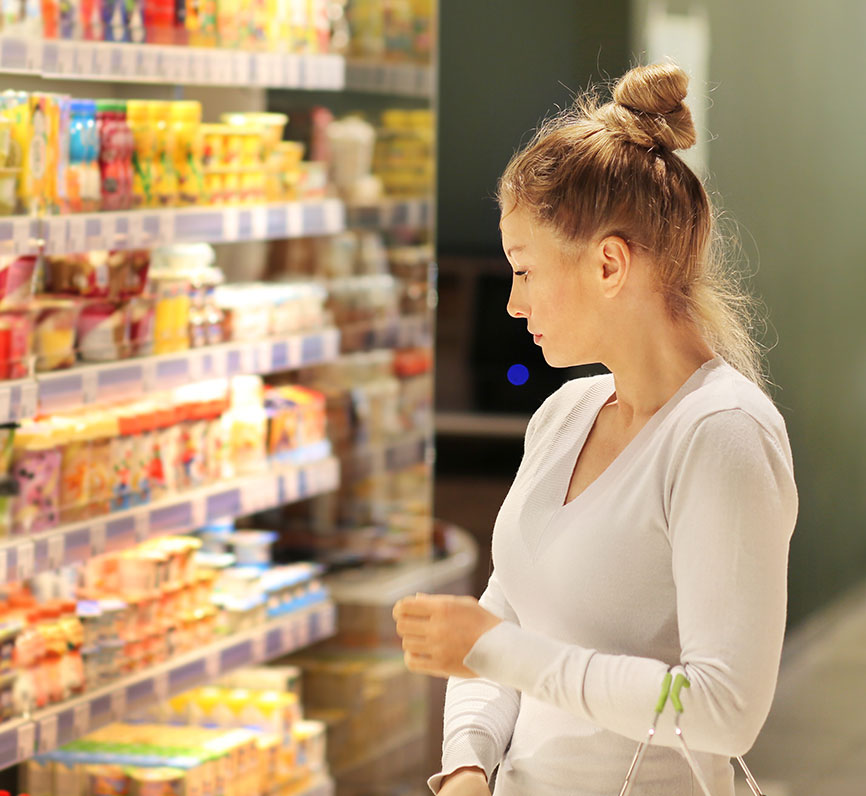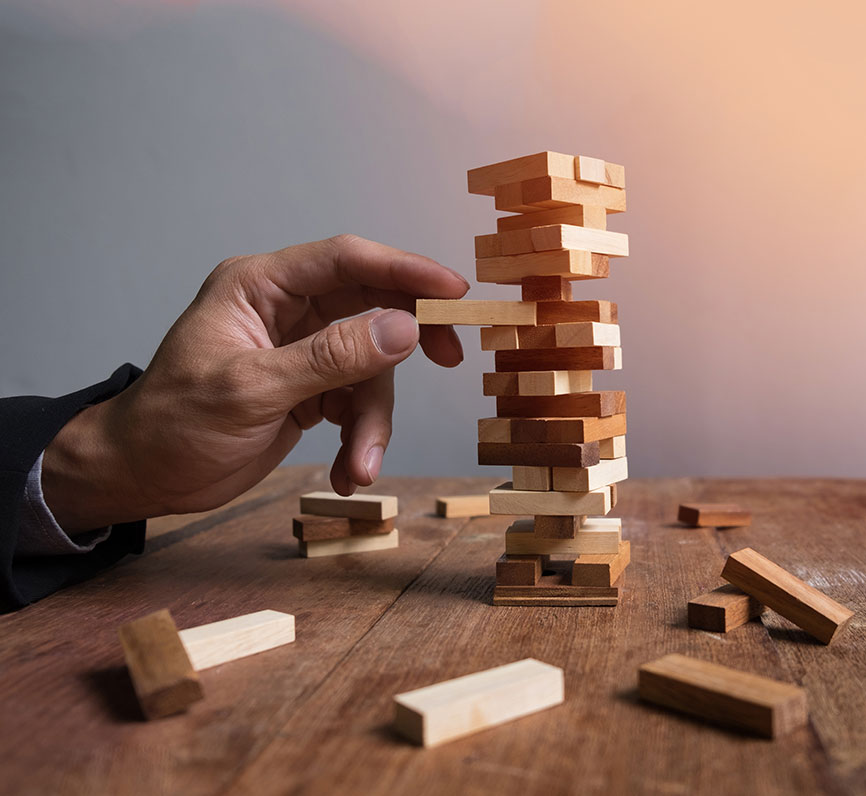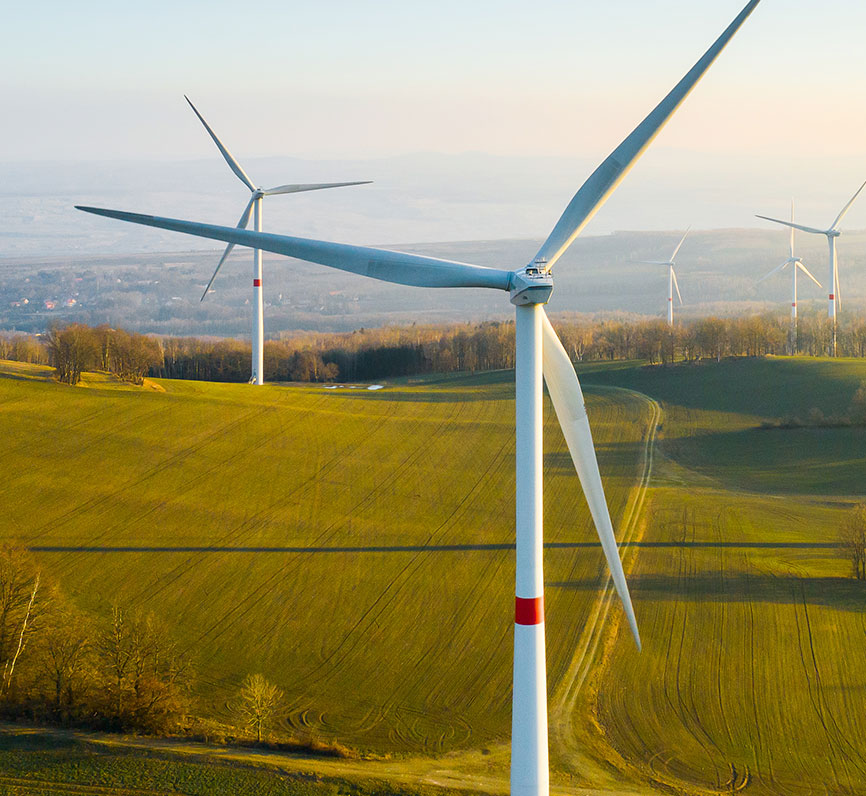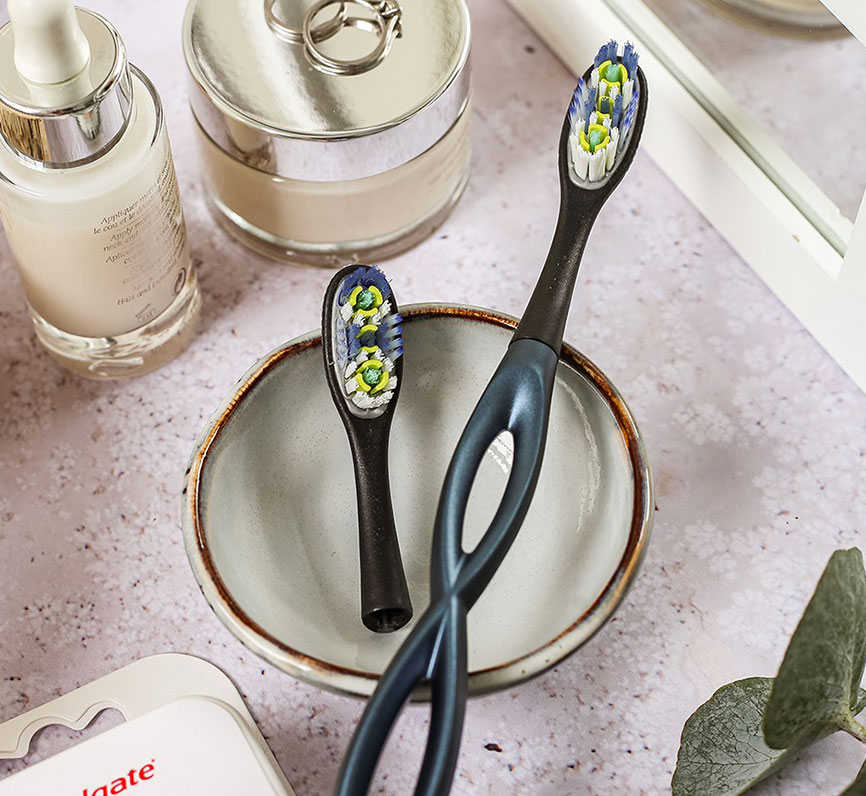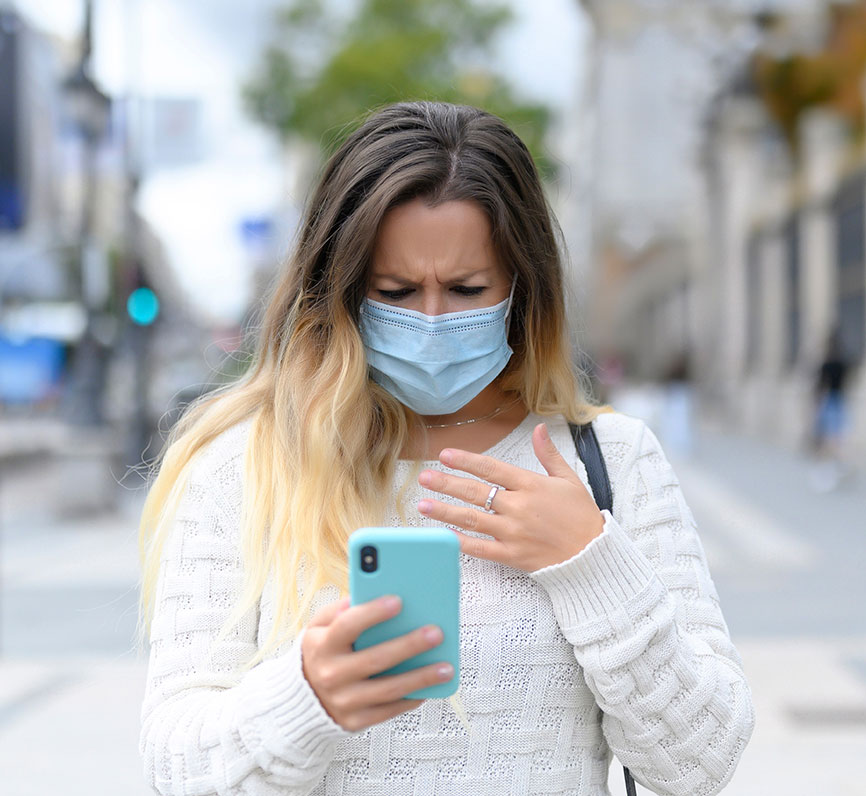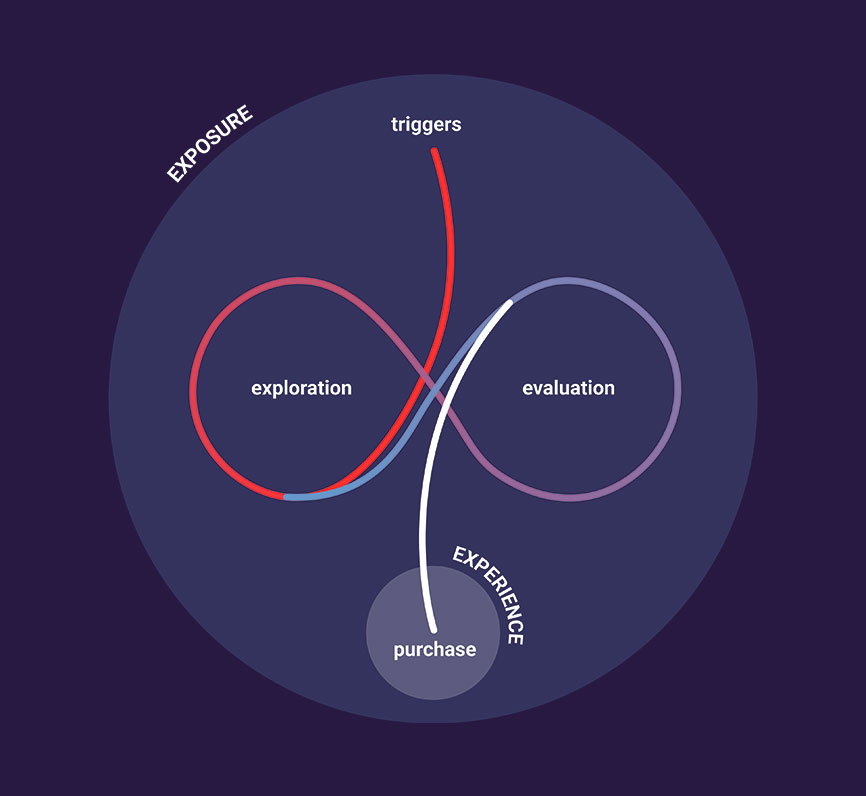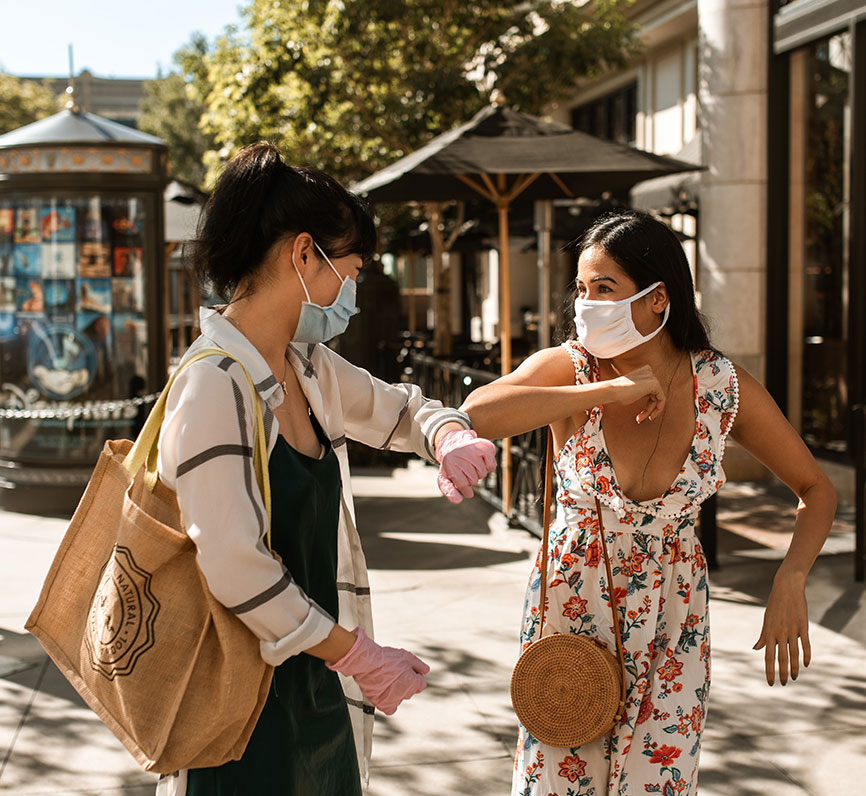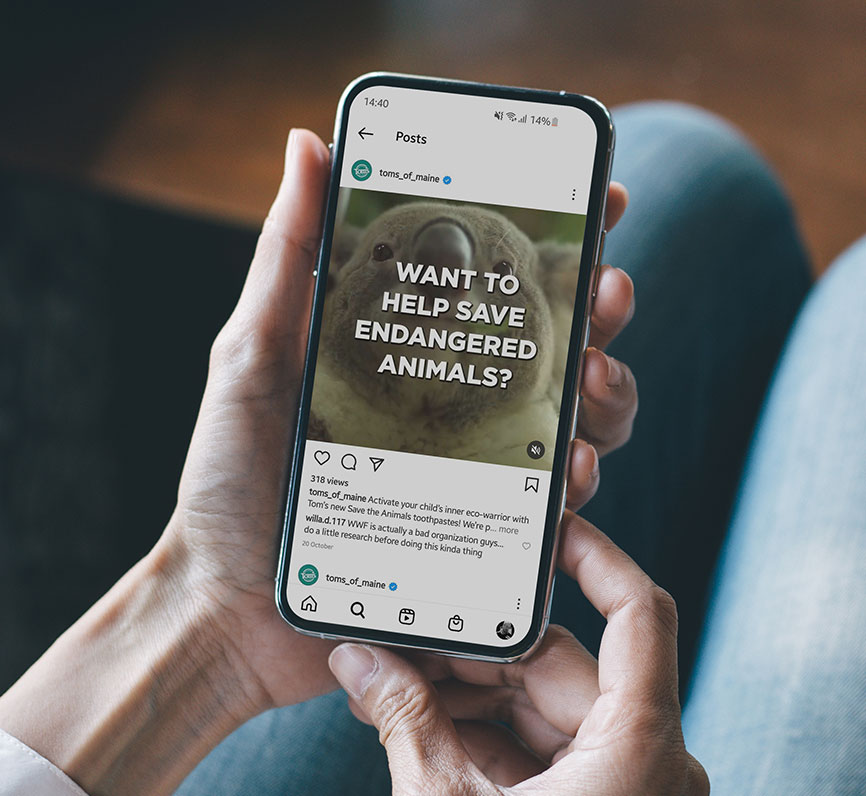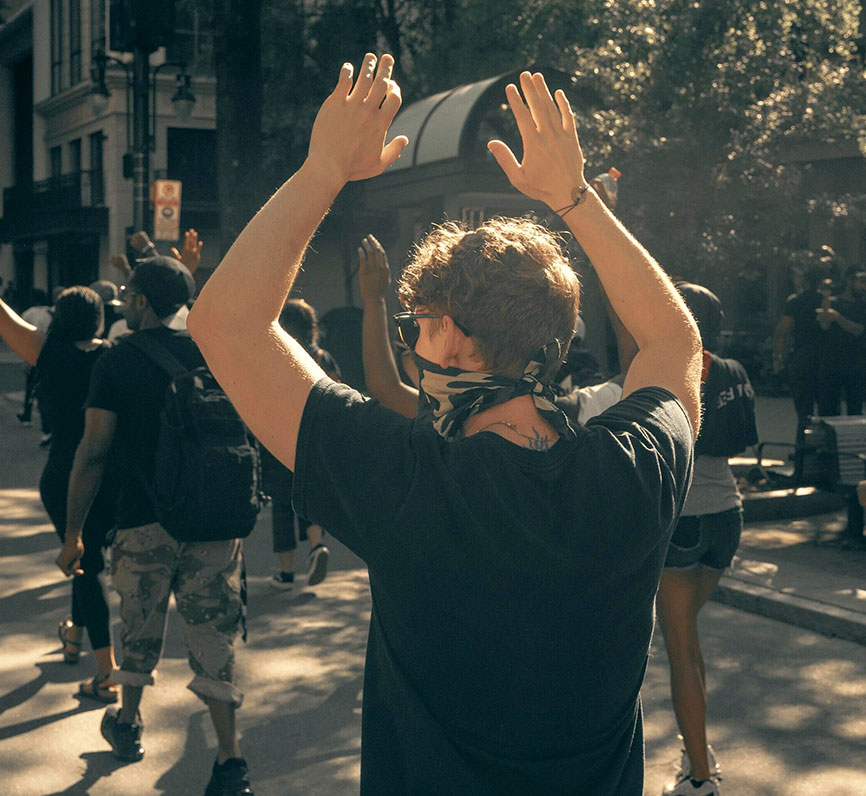I think we’re always trying to figure out this whole first moment of truth, mainly because consumers really only take a few seconds to look at a package – or another way to look at it is that you only have a few seconds to really jump out on the shelf.
90% of the grocery shopping is stuff consumers always buy
A lot of people that I talk to will say they like to try new products, and I believe that because a lot of people do. But I don’t think it means every single category in the grocery store. My guess would be 90% of the grocery shopping is stuff they always buy, and then maybe to get to the chip aisle and are looking for something new, and they might slow down. But for the rest of that 90%, they’re just going to look for the normal stuff that they typically are buying. So if you have something new, it’s just difficult to jump out on the shelf.
I don’t really have an answer in terms of how we do it better other than – what we’ve been doing is trying to do it more. What I mean by that is, instead of doing one test where we’re trying to understand the first moment of truth, maybe we’re doing a couple or maybe we are bringing it earlier in the process to truly understand that.
https://embed-ssl.wistia.com/deliveries/dd8668173bc372213b6590b65721e377.mp4
